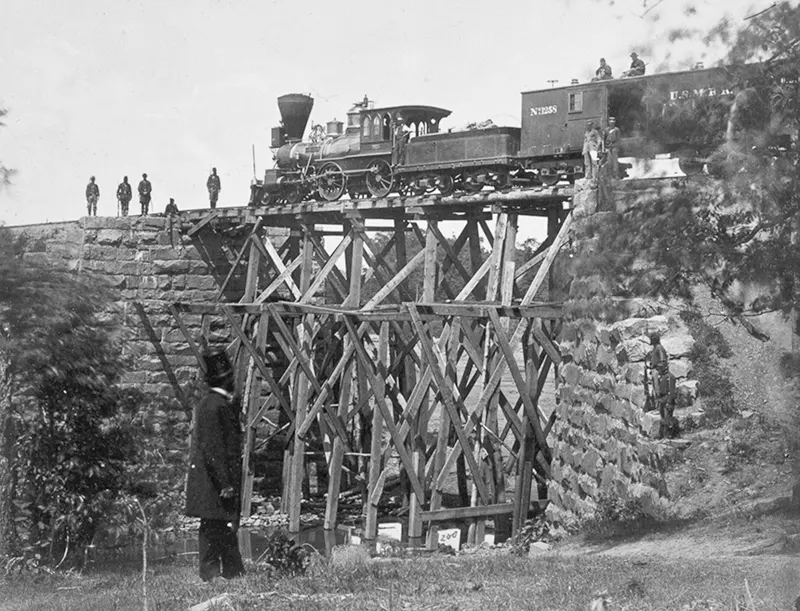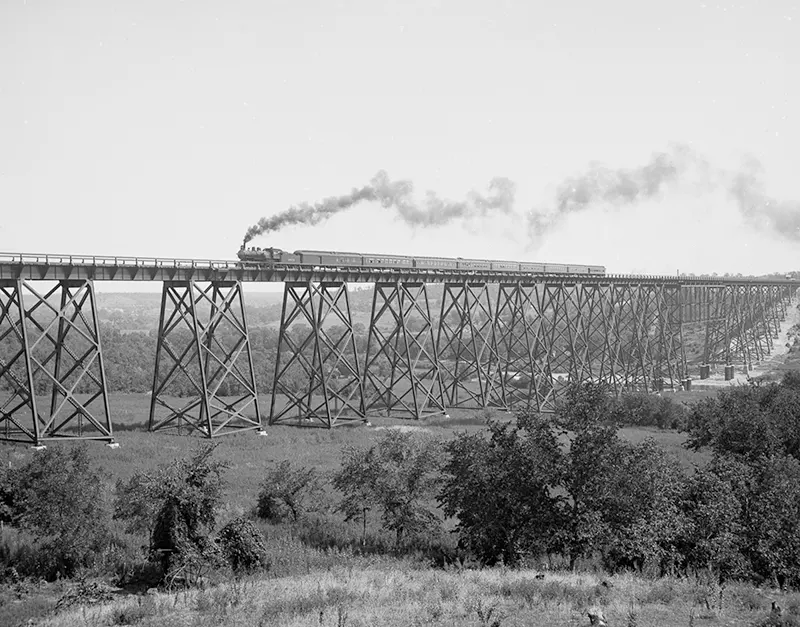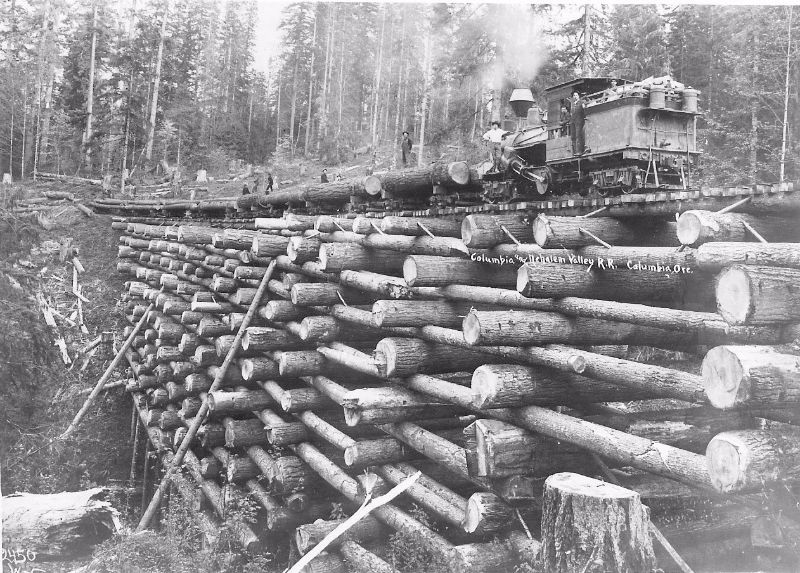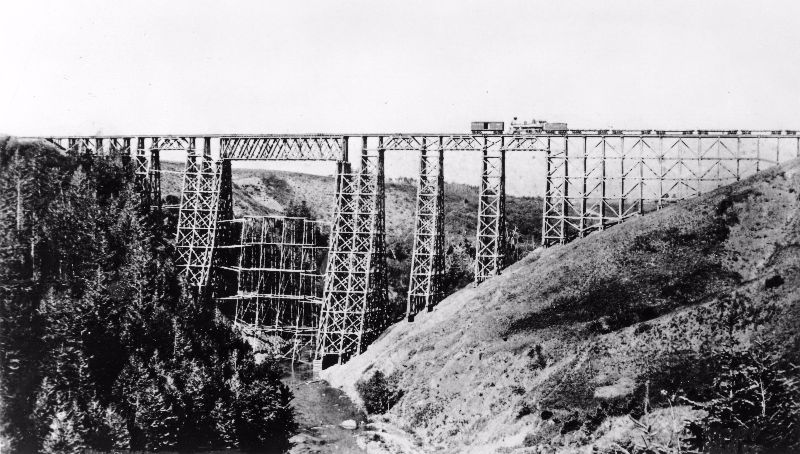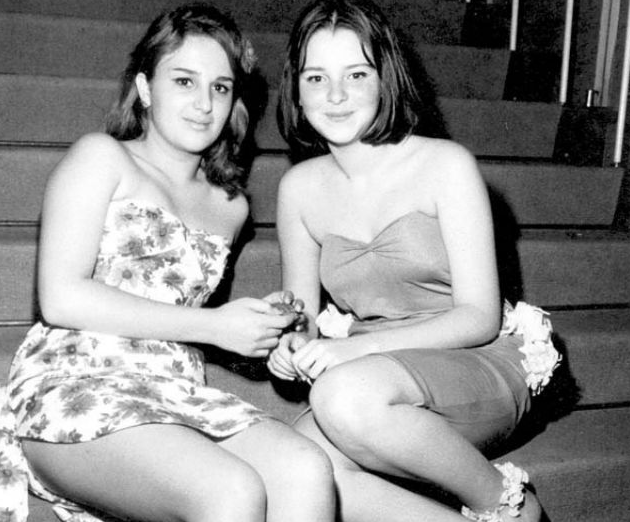The timber railroad bridge was once a common sight across the landscape of North America. For over a century, these wooden structures provided a crucial link in the transportation of goods and people, spanning rivers, canyons, and valleys to connect communities and industries.
Although most of these structures have long since been replaced by modern steel or concrete bridges, the legacy of the timber trestle lives on through photographs and memories
In this article, we explore the rich history of timber railroad bridges, from their early origins in the 19th century to their eventual decline in the 20th century.
Along the way, we’ll examine the design and construction of these massive wooden structures, the challenges faced by the engineers who built them, and the impact that timber bridges had on the growth of North America’s railroad network.
Accompanying the text are numerous vintage photographs of timber trestles that no longer exist, providing a glimpse into a bygone era of engineering and transportation.
From the towering structures of the Pacific Northwest to the narrow crossings of the Appalachian Mountains, these images offer a fascinating look at the wooden bridges that once spanned the continent.

A steam train carrying lumber stops on top of a trestle bridge on a tributary branch of the Northern Pacific Railroad.
Timber trestles were one of the few railroad bridge forms that did not develop in Europe. The reason was that in the United States and Canada, cheap lumber was widespread and readily available in nearby forests.
The Pacific Northwest of the U.S. and the province of British Columbia, Canada became the central region for hundreds of logging railroads whose bridges were almost all made of timber Howe trusses and trestles.
Timber trestles generally come in two forms. The first and most common is the pile trestle which consists of bents spaced 12 to 16 feet apart. Each bent consists of 3 to 5 round timber poles that are pounded straight into the ground by a pile driver.
The center post is upright, the two inner posts are angled at about 5 degrees and the outside posts are usually battered, angling outward for stability at about ten degrees.
During construction, the top of the uneven posts are cut to the proper level for a cap which in turn supports the stringers and planks that hold the rail. Taller pile trestles contain diagonal “X” bracing across one or both sides of the bent and also between bents.
